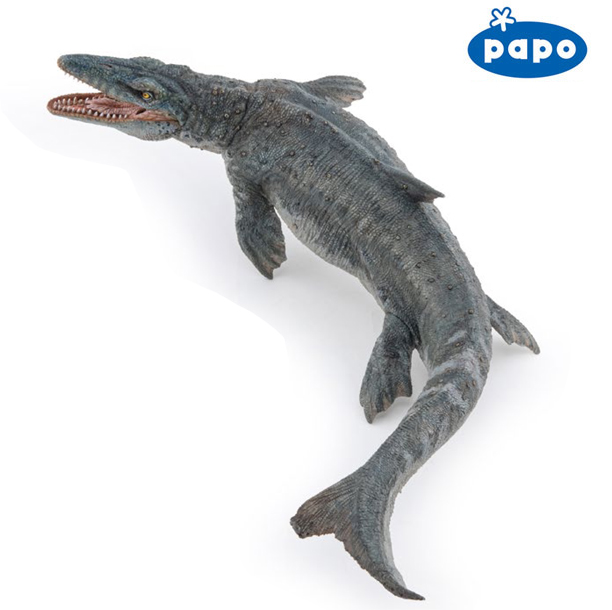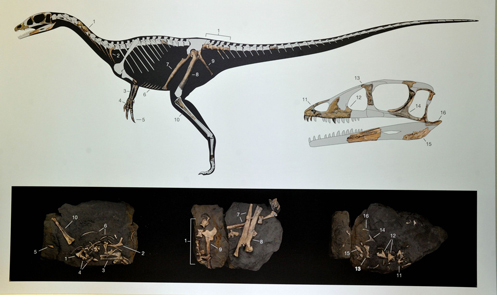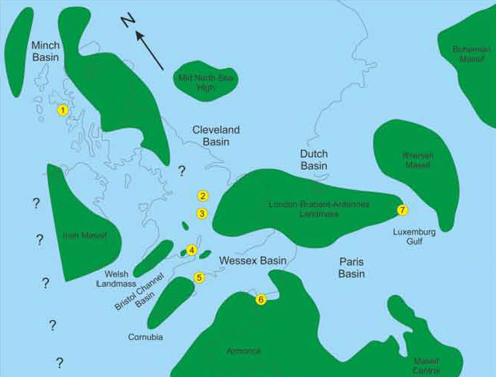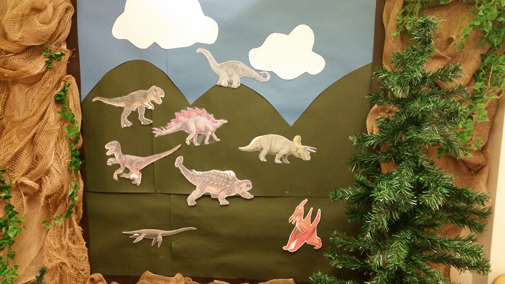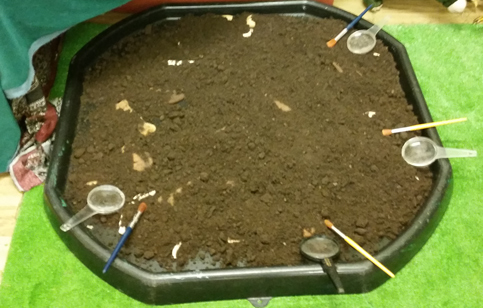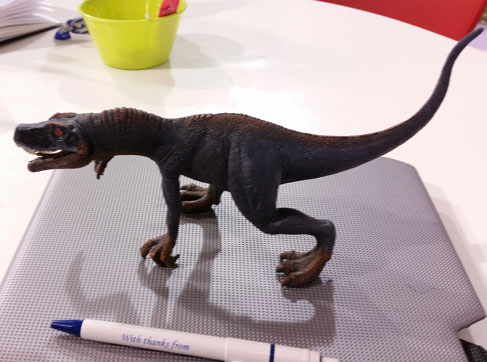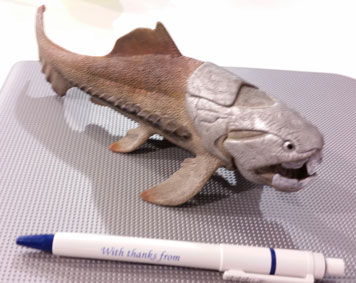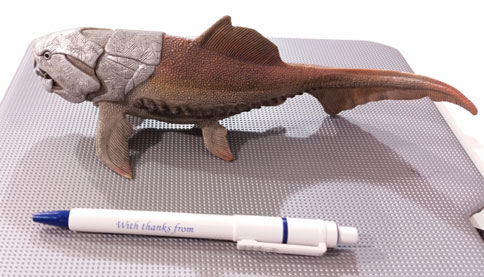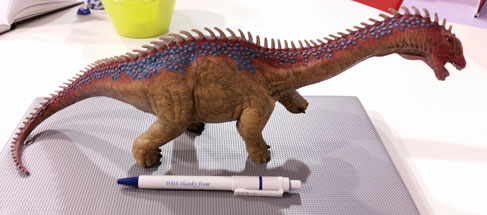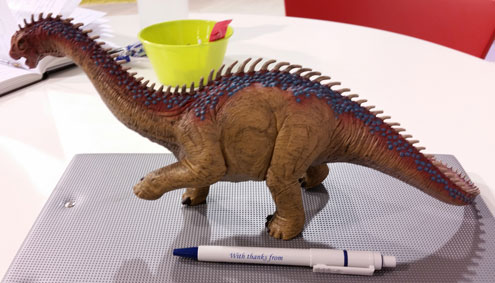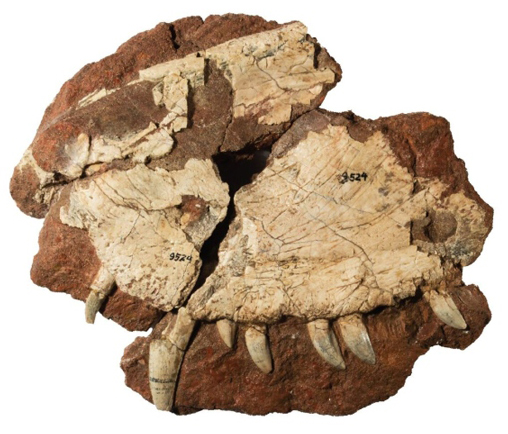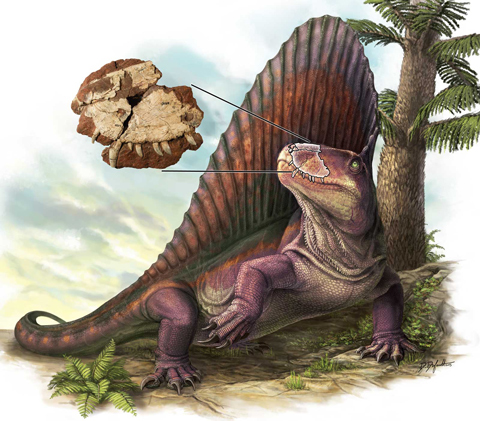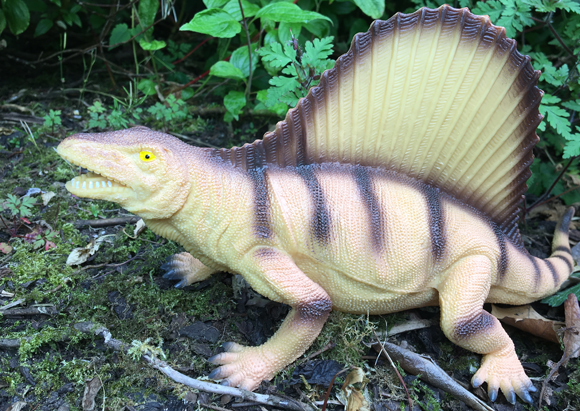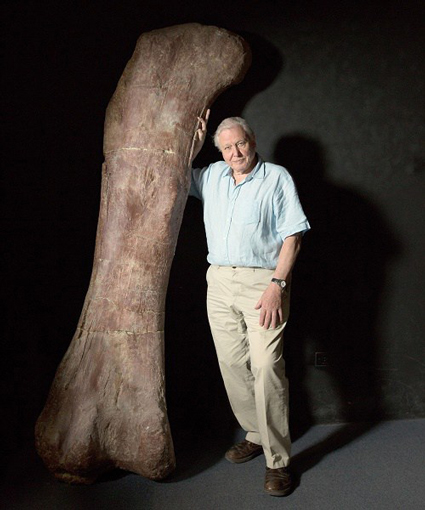Mind Mapping to Build Teams
Mind Mapping to Support Teachers
The staffroom notice board can get rather congested. There is so much paperwork and administration these days and with increasing school populations, coupled with the move towards larger schools in the form of academies, the deluge of paperwork, notices, meeting minutes, union information and so on does not seem likely to abate any time in the future. However, if space can be found in the staffroom, why not try a mind map? Mind maps can provide a visual image of the school curriculum, it is simply a very visual way of organising information.
Take for example, this snippet from a mind map spotted by one of our teachers on a recent visit to Sparken Hill Academy in Worksop (Nottinghamshire).
Dinosaurs Feature on a Curriculum Mind Map
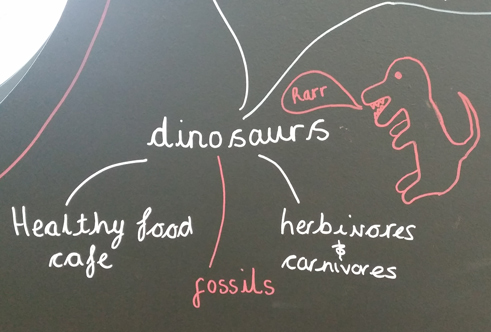
Mind map features dinosaurs. A dinosaur-themed mind map was spotted during a school visit by a team member from Everything Dinosaur.
Picture credit: Sparken Hill Academy/Everything Dinosaur
To learn more about Everything Dinosaur’s work: Contact Everything Dinosaur.
Mind Maps
If space can be found somewhere on the staffroom walls, then a mind map can be created. Simply, paint a large area with black paint and provide chalk so that a mind map can be drawn. Brainstorming sessions amongst staff members can help teaching teams make connections and explore potential resources to help support their teaching aims. For Sparken Hill Academy, the teaching team linked a visit from Everything Dinosaur to deliver a dinosaur workshop in support of Key Stage 1 to the menu being served at the school canteen. The children had been learning all about herbivores and carnivores (some omnivores too), so the cafe was used to help the reinforce learning about food chains and food webs.
Teachers in Year 3, who were covering how fossils form as part of the science element of the new national curriculum dealing with rocks and fossils could utilise the many photographs taken of the fossils used in the Everything Dinosaur workshops. The Year 1 and Year 2 teachers could even request further information and photographs to help their colleagues in Key Stage 2 with their scheme of work.
Dinosaur Workshops in School
Mind maps can be a very powerful way of helping to visualise the curriculum and to make connections which enhances the learning of all the children in the school. A mind map in the staffroom can be a useful resource for teachers and teaching assistants to help them visualise links in the national curriculum. It can aid the senior leadership team in their quest to optimise resources and monitor budgets and mind maps can help to foster a spirit of greater co-operation. Building an effective mind map can involve the whole school and this can help to build teams.
To view the extensive range of educational toys and games available from Everything Dinosaur: Educational Dinosaur Toys and Gifts.


